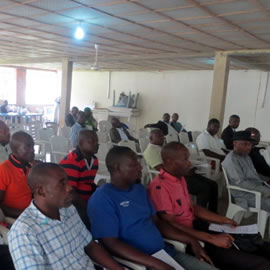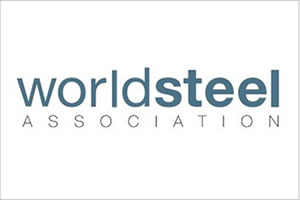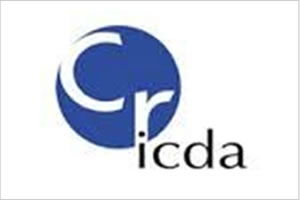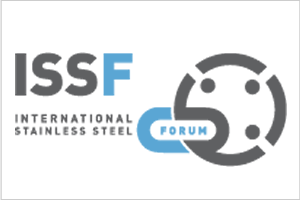Stainless Steel Grades
Chrome-manganese austenitic stainless steel grades (“standard 200-series”) with well-defined and well-documented technical properties have proved acceptable materials for specific applications for many years – for example in North America and India. However, there has recently been a significant increase in the use of new and more economical chrome-manganese grades (which can be referred to as “new 200-series” grades), notably in Southeast Asia and especially China.
These new grades use different chemistries, characterised by reduced chromium (<15%) and extra low nickel content. In some cases copper is added and trace element content may be poorly controlled.
The increase in the production and use of these “new 200-series” grades is not currently matched by an adequate level of user knowledge. There is therefore a risk that they may be used in unsuitable applications – as an ill-judged cost-saving strategy, or through ignorance of the in-service conditions necessary for the material to perform well over time.
There are so far no international standards and references for the proper use of “new 200-series” grades. It should be pointed out that the properties of some of these grades are in many respects not comparable to those of well-established stainless steels – for example in terms of corrosion resistance, formability and weldability. Since they are nonmagnetic, however, a buyer could mistakenly assume them to be the equal of chrome-nickel austenitic grades, which are widely known to be non-magnetic. Indeed, there have even been cases of mislabelling and fraud – which could seriously threaten stainless steel’s positive image.
It is imperative that anyone considering using stainless steel compare the nature and in-service conditions of the intended application with the properties of the grades considered. It is strongly recommended that end-users considering 200-series grades consult only highly reputable and informed suppliers able to provide good quality grades, of known and reliable origin, and offer impartial advice. Where 200-series grades are considered for use, viable alternatives can often be found amongst chrome-nickel (300-series) and ferritic (400-series) grades.
The Four Types of Stainless Steel
Austenitic Austenitic stainless steels contain a significant amount of chromium, and sufficient nickel or manganese to “stabilise” the “austenite” microstructure that gives these steels good formability and ductility (and makes them nonmagnetic).
A typical composition is 18% chromium and 8% nickel, as found in the popular “304” grade to use the American Iron and Steel Institute (AISI) designation. Austenitic grades can be highly durable and corrosion resistant and have high ductility, low yield stress, relatively high tensile strength and good weldability. They have a very wide range of uses.
Ferritic
Most common are 12% and 17% chromium-containing grades – the former used mostly in vehicle exhaust systems and the latter mostly in cooking utensils, washing machines and indoor architecture. Being magnetic, these steels are easily distinguished from austenitic stainless steels.
Austenitic-Ferritic (Duplex)
These stainless steels, which contain some nickel, have a roughly 50% ferritic and 50% austenitic microstructure and are both strong and ductile. They are mostly used in the process industry and in seawater applications.
Martensitic
Like ferritic grades, martensitic grades contain 12% - 17% chromium. However, they have higher carbon content and are subjected to specific heat treatments during production, making them very hard and strong. They are used for turbine blades, cutlery, razor blades, etc.












